Top 10 MongoDB Career Options in 2024 [Job Opportunities]
Knowledge Hut
MARCH 22, 2024
I am here to discuss MongoDB job opportunities for you in 2024 and the wide spectrum of options that it provides. But first, let’s discuss MongoDB a bit. MongoDB is the fourth most popular Database Management System (DBMS). Significantly, MongoDB has witnessed an influencing growth of 163% in the last two years!

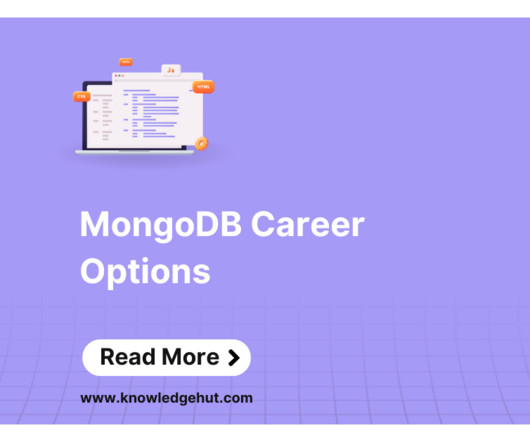



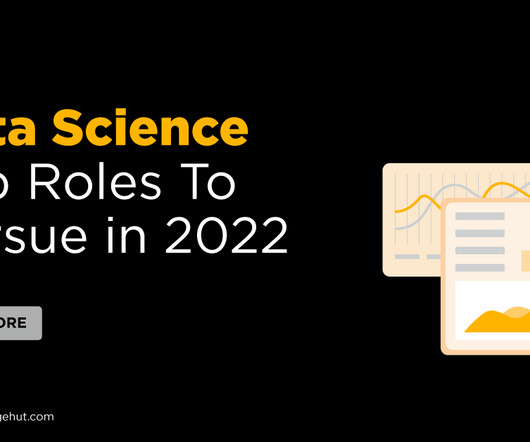
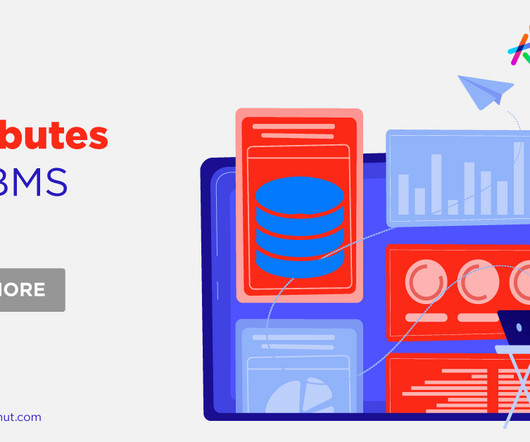
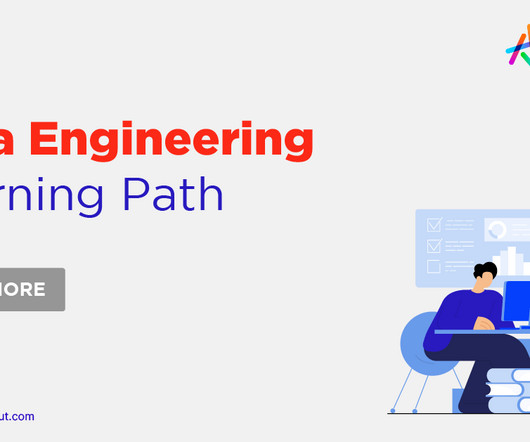
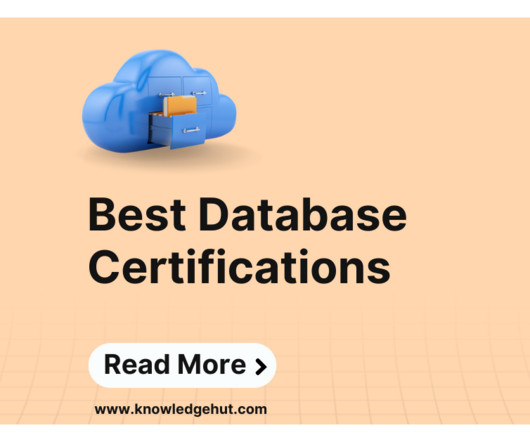
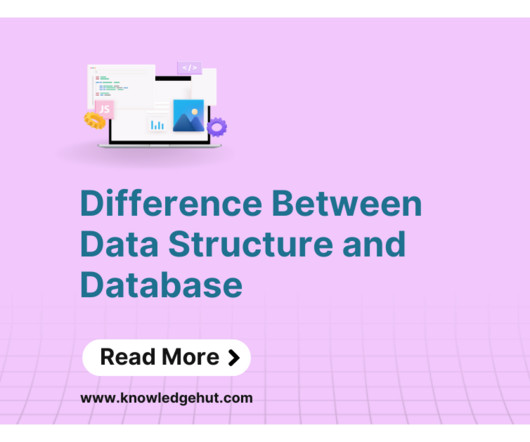
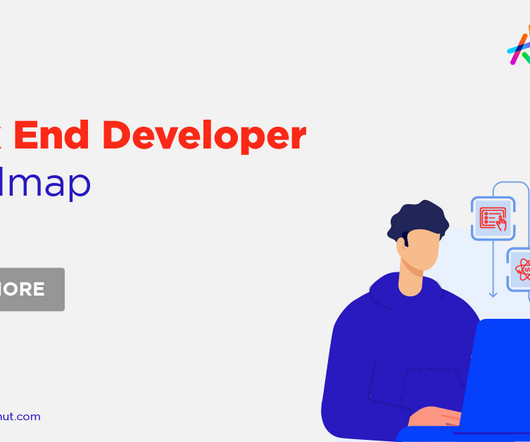

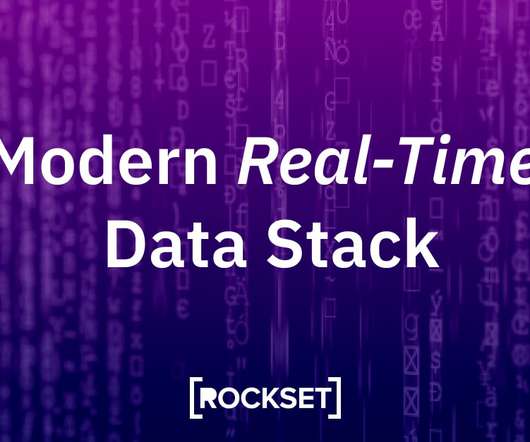
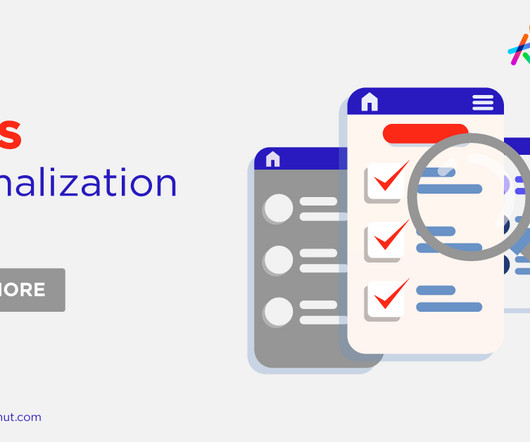

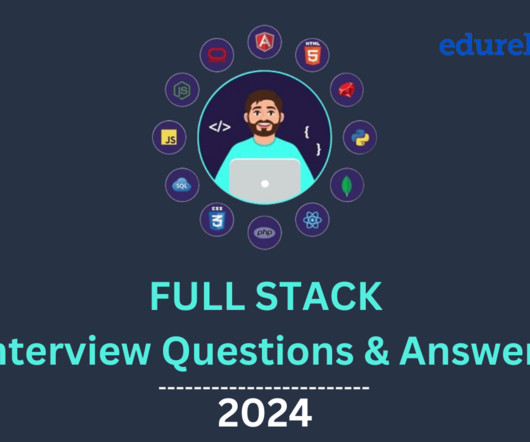
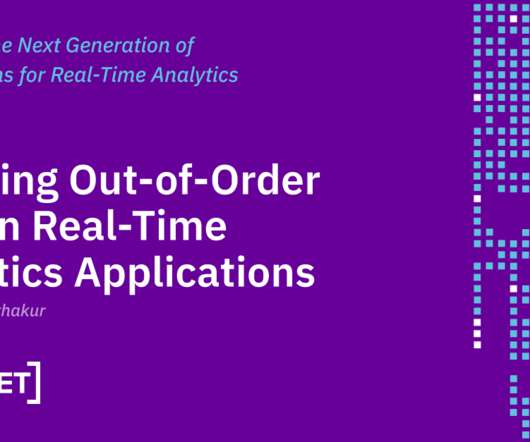






Let's personalize your content